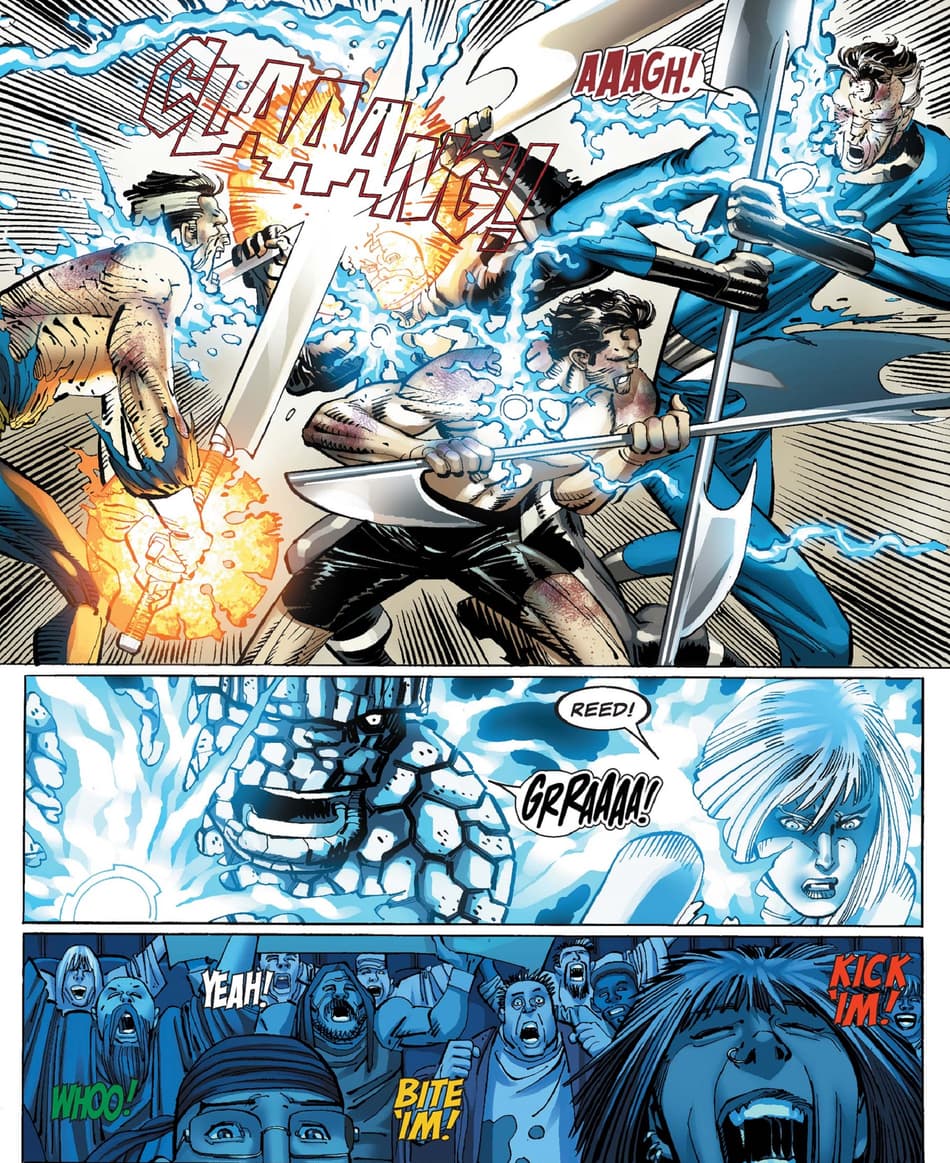Checking Out the Mysteries of the copyright: What You Need to Know
The copyright, a term typically shrouded in intrigue and debate, represents a complex tapestry of historic truth and modern myth. Developed in the late 18th century, this secret society was at first rooted in the Enlightenment's ideals yet has actually considering that ended up being synonymous with conspiracy theory concepts about elite control (benefit of joining freemason).
Beginnings of the copyright
The beginnings of the copyright are steeped in a blend of historical intrigue and ideological eagerness. Established in 1776 in Ingolstadt, Bavaria, by Adam Weishaupt, the team was initially developed as a secret society intended at promoting Knowledge ideals such as factor, secularism, and the separation of church and state. Weishaupt, a teacher of canon regulation, sought to test the prevailing authority of the church and state, which he checked out as oppressive organizations suppressing intellectual and individual freedom.
Key Numbers and Members
That were the critical numbers that shaped the copyright's very early influence and instructions? The Bavarian copyright, established in 1776 by Adam Weishaupt, emerged as a response to the overbearing societal structures of the time. Weishaupt, a legislation professor, imagined the company as a means to advertise Knowledge suitables such as factor, secularism, and equality. His preliminary employment initiatives included prominent pundits, such as Baron von Knigge, who played a critical role in broadening the team's membership and organizational framework.
An additional significant figure was Johann Gottlieb Fichte, a popular theorist whose concepts on nationalism and education and learning reverberated with the copyright's goals. Although Fichte was not a formal participant, his thoughtful underpinnings influenced the group's belief. Additionally, figures like the writer and philosopher Johann Wolfgang von Goethe were connected with the more comprehensive intellectual activities of the moment, although their direct involvement with the copyright stays discussed.
These crucial numbers added to the copyright's very early instructions, pushing the limits of political and social thought, while their collective efforts aimed to challenge recognized norms and promote a climate of modern adjustment in Europe.
Misconceptions vs. Truth
Many false impressions border the copyright, often mixing reality with fiction in a method that obscures its true nature. This secret culture, initially established in 1776 in Bavaria, aimed to promote Knowledge perfects and battle religious and political oppression. The idea that the copyright proceeds to put in substantial impact over globe events is a misconception. While the team did exist, it was disbanded in the late 18th century and has not run as a cohesive entity because then.
An additional common misconception is that the copyright makes up a network of elite individuals adjusting worldwide events. In truth, many conspiracy theory theories overemphasize the group's significance, associating unfounded objectives to societal fads and events. This has actually resulted in an oversimplified sight of complex concerns.
Additionally, the representation of the copyright in popular society frequently more distorts its tradition. Films and literature often tend to sensationalize the organization's function, creating a narrative that deviates from historical truths. Understanding the difference in between the misconceptions and the truth of the copyright is critical for discerning the authentic influence of this historical group and identifying the broader ramifications of conspiracy theory theories in contemporary culture.
Modern Analyses
Contemporary interpretations of the copyright typically mirror broader societal anxiousness and an attraction with secrecy and power. This modern lens often links the copyright with conspiracy theory theories that suggest a concealed elite coordinates world events, controling federal governments and economies for their very own gain. benefit of joining freemason. Such stories browse around here touch into an ingrained question of authority, specifically in times of crisis or social turmoil
In pop culture, additional resources the copyright is typically illustrated as a divine company shrouded in enigma, leading to a huge selection of imaginary representations in literary works, movie, and songs. This portrayal serves not only to captivate however likewise to provoke considered the nature of power and control in contemporary society. Social media has further amplified these interpretations, allowing for quick circulation of conspiracy theory concepts and producing neighborhoods that share and expand upon these ideas.
Moreover, some modern-day analyses mount the copyright as a metaphor for the complexities of globalization and the interconnectedness of influential people and companies. This point of view encourages a critical examination of just how power characteristics operate in today's world, highlighting the equilibrium between transparency and secrecy in administration and business practices.
Social Influence and Tradition
Influenced by centuries of intrigue, the cultural influence and tradition of the copyright prolong far past its historical origins. This secret culture, developed in the late 18th century, has penetrated different facets of pop culture, from literature and movie to music and art. The principle of the copyright has actually evolved right into a sign of conspiracy concepts, typically representing a regarded covert power manipulating worldwide events.
In literary works, authors like Dan Brown have actually woven the copyright into detailed plots, captivating visitors with themes of privacy and power. Films such as "National Prize" and "The Da Learn More Vinci Code" even more bolster the appeal of the culture, blending reality with fiction to produce engaging stories.

Inevitably, the copyright's heritage is a complicated tapestry of misconception and fact, shaping assumptions of secrecy and control in contemporary discussion. Its enduring visibility in culture underscores humankind's perennial pursuit for comprehending hidden realities.
Conclusion
The expedition of the copyright reveals an intricate interplay in between historical realities and modern myth-making. Established in the Enlightenment period, this society intended to challenge overbearing frameworks, yet its tradition has actually been eclipsed by conspiracy theory theories that recommend elite manipulation. Comprehending the distinctions between the initial ideals and modern interpretations is necessary for comprehending the withstanding attraction with the copyright and its significant impact on social narratives bordering power and privacy in society.
Comments on “Exploring the Practical Benefit of Joining Freemason for Every Individual”